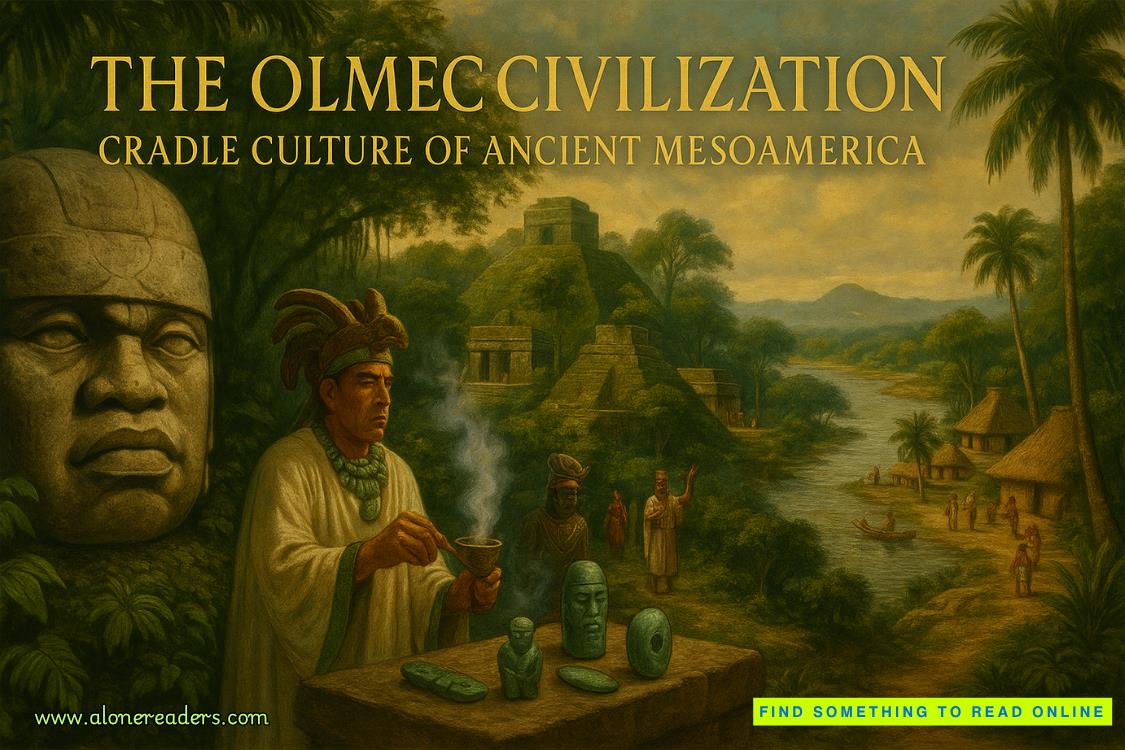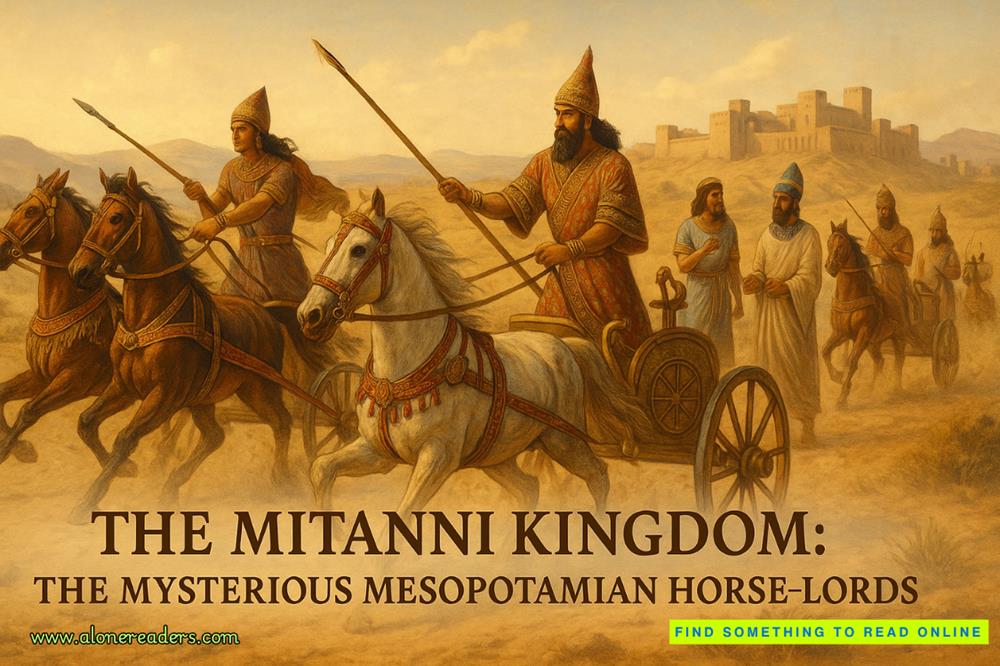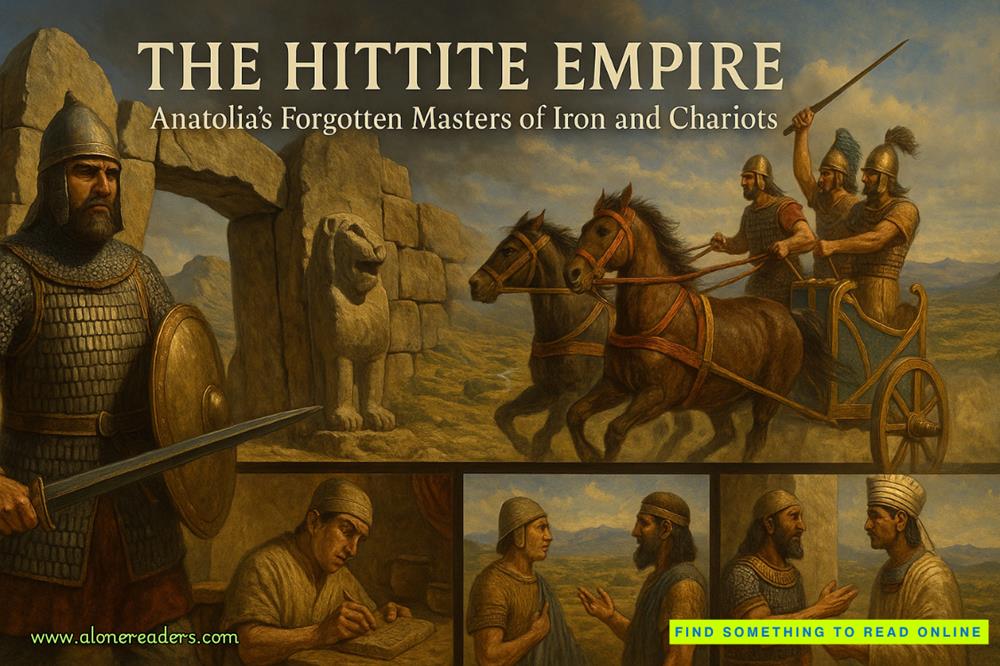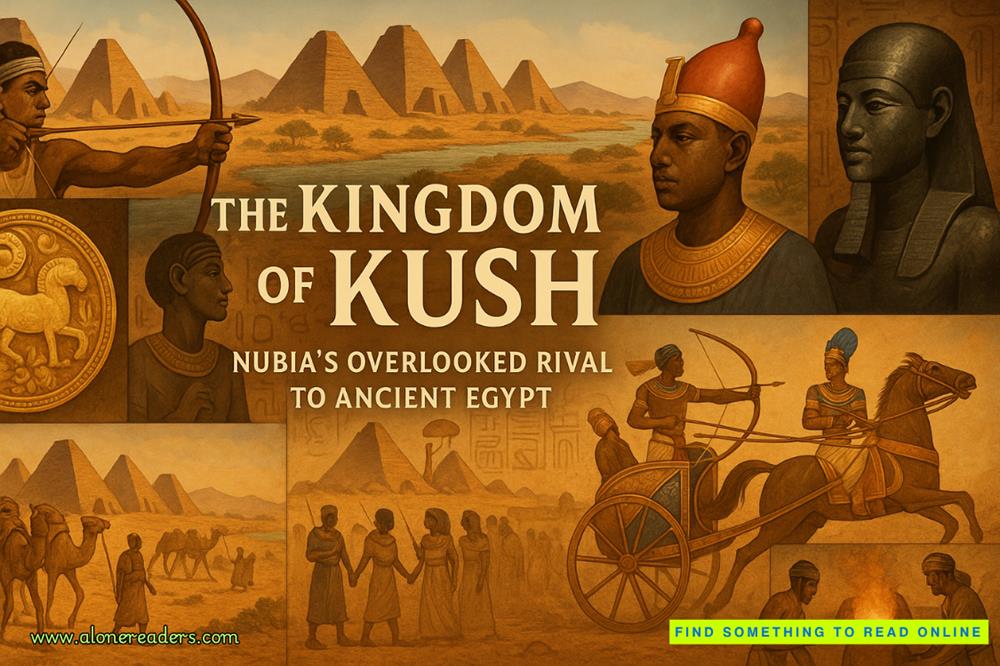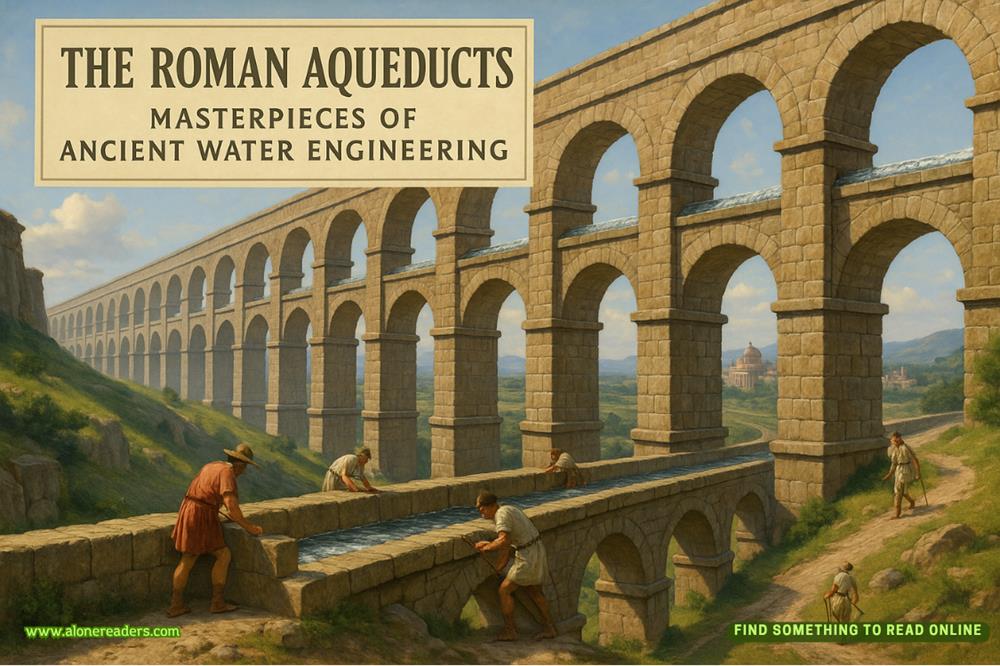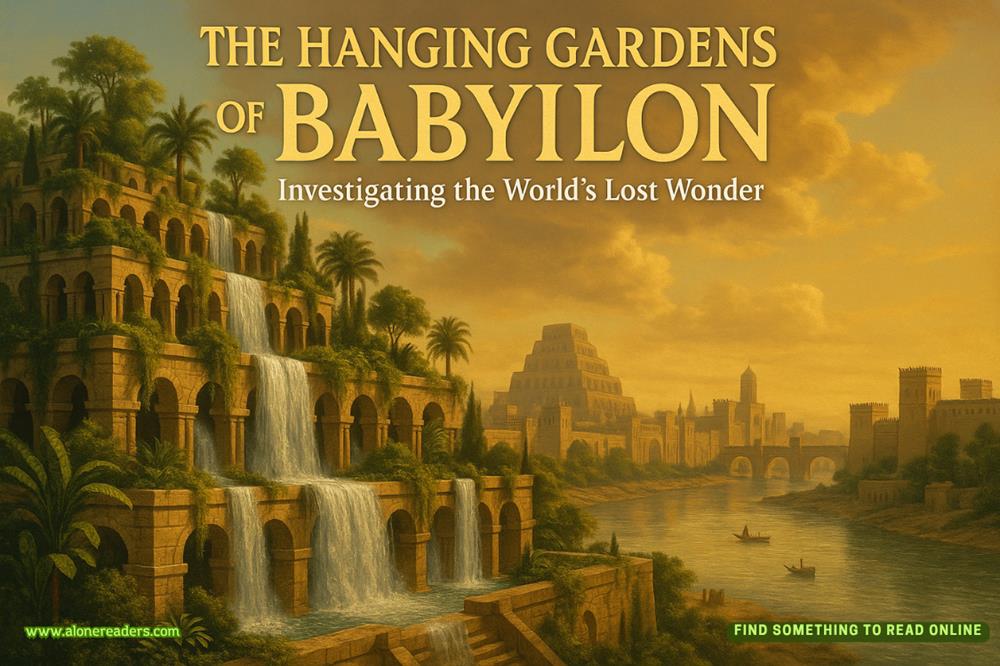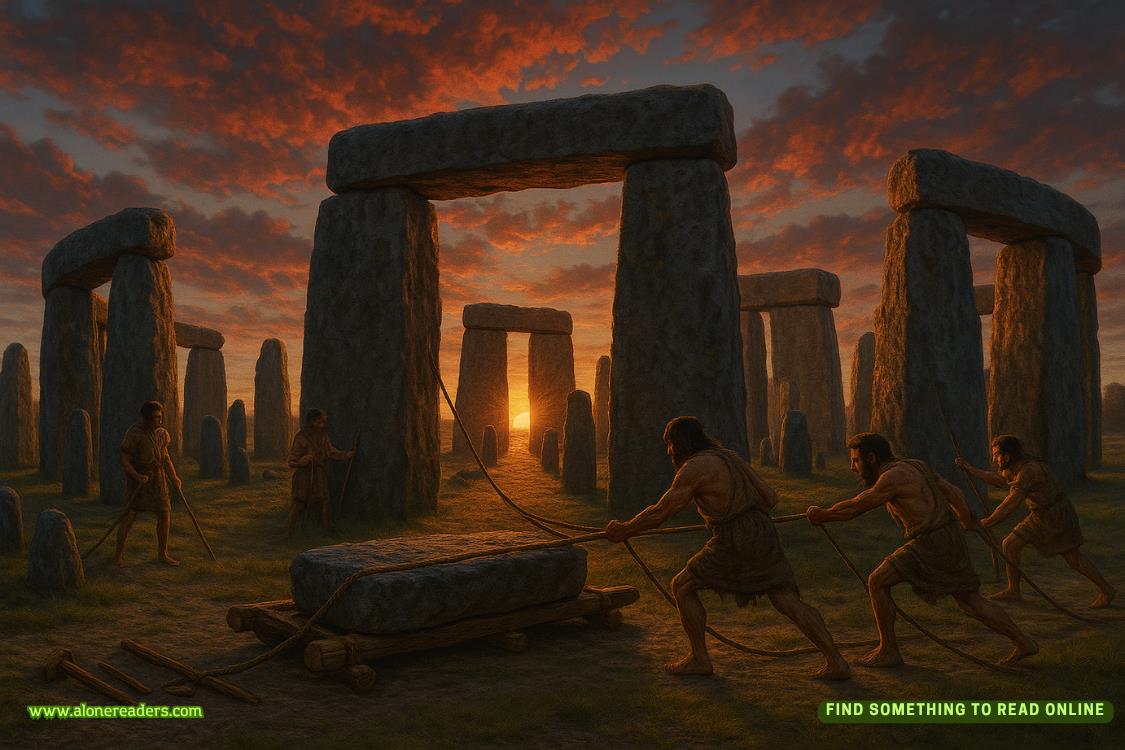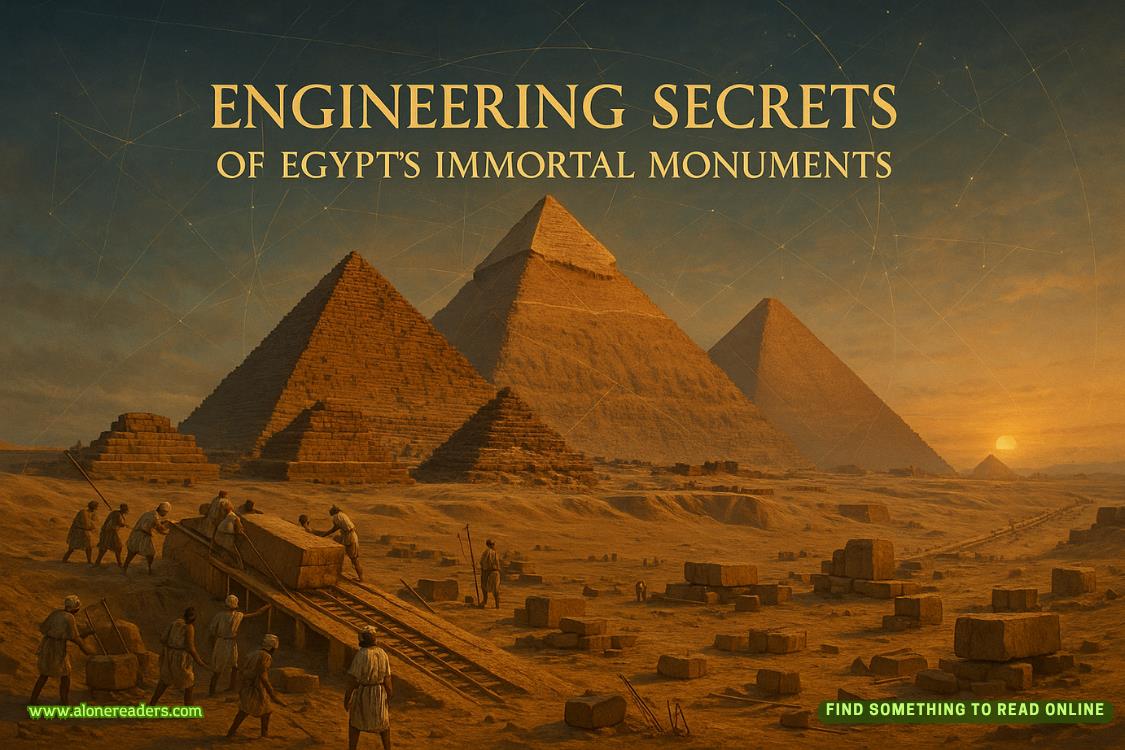Page 63 of Inca Gold (Dirk Pitt 12)
"Good. I hope you find what you're looking for."
"So do I," said Perlmutter, his confidence soaring over the breakthrough. "Believe me, so do I."
At twenty minutes after ten o'clock the next morning, Perlmutter threw open the door before the Federal Express driver could punch the doorbell button. "You must be expecting this, Mr. Perlmutter, "
said the young blackhaired man, wearing glasses and a friendly smile.
"Like a child waiting for Santa." Perlmutter laughed, signing for the reinforced envelope.
He hurried into his study, pulling the tab and opening the envelope as he walked. He sat at his desk, slipped on his glasses, and held the journal of Thomas Cuttill in his hands as if it were the Holy Grail. The cover was the skin of some unidentifiable animal and the pages were yellowed parchment in a state of excellent preservation. The ink was brown, probably a concoction Cuttill had managed to brew from the root of some tree. There were no more than twenty pages. The entries were written in the quaint Elizabethan prose of the day. The handwriting seemed labored, with any number of misspellings, indicating a man who was reasonably well educated for the times. The first entry was dated March 1578, but was written much later:
Mine strange historie of the passte sexteen yeares, by Thomas Cuttill, formerly of Devonshire.
It was the account of a shipwrecked sailor, cast away after barely surviving the sea's violent fury, only to endure incredible hardships in a savage land in his unsuccessful attempt to return home. As he read the passages, beginning with Cuttill's departure from England with Drake, Perlmutter noted that it was written in a more honest style than narratives of later centuries, which were littered with sermons, romantic exaggerations, and clichés. Cuttill's persistence, his will to survive, and his ingenuity in overcoming terrible obstacles without once begging for the help of God made a profound impression on Perlmutter. Cuttill was a man he would like to have known.
After finding himself the only survivor on the galleon after the tidal wave carried it far inland, Cuttill chose the unknown horrors of the mountains and jungle rather than capture and torture by the avenging Spanish, who were mad as wasps at the audacious capture of their treasure galleon by the hated Englishman, Drake. All Cuttill knew was that the Atlantic Ocean lay somewhere far to the east. How far, he could not even guess. Reaching the sea, and then somehow finding a friendly ship that might carry him back to England would be nothing short of a miracle. But it was the only path open to him.
On the western slopes of the Andes the Spanish had already created colonies of large estates, now worked by the once-proud Incas, who were enslaved and greatly reduced in numbers by inhumane treatment and infection from measles and smallpox. Cuttill crept through the estates under cover of darkness, stealing food at every opportunity. After two months of traveling a few short kilometers each night to elude the Spanish and remain out of sight of any Indians who might give him away, he crossed over the continental divide of the Andes, through the isolated valleys, and descended into the green hell of the Amazon River Basin.
From that point on, Cuttill's life became even more of a nightmare. He struggled through unending swamps up to his waist, fought his way through forests so thick every meter of growth had to be cut away with his knife. Swarms of insects, snakes, and alligators were a constant peril, the snakes often attacking without warning. He suffered from dysentery and fever but still struggled on, often covering only 100 meters (328 feet) during daylight. After several months, he stumbled into a village of hostile natives, who immediately tied him with ropes and kept him imprisoned as a slave for five years.
Cuttill finally managed to escape by stealing a dugout canoe and paddling down the Amazon River at night under a waning moon. Contracting malaria, he came within an inch of dying, but as he drifted unconscious in his canoe he was found by a tribe of long-haired women who nursed him back to health.
It was the same tribe of women the Spanish explorer Francisco de Orellana had discovered during his futile search for El Dorado. He named the river Amazonas in honor of the Amazon warriors of Greek legend because the native women could draw a bow with any man.
Cuttill introduced a number of labor-saving devices to the women and the few men who lived with them. He built a potter's wheel and taught them how to make huge intricate bowls and water vessels. He constructed wheelbarrows and waterwheels for irrigation, and showed them how to use pulleys to lift heavy weights. Soon looked upon as a god, Cuttill made an enjoyable life among the tribe. He took three of the most attractive women as wives and quickly produced several children.
His desire to see home again slowly dimmed. A bachelor when he left England, he was sure there would be no relatives or old shipmates left to greet his return. And then there was the possibility that Drake, a stern disciplinarian, would demand punishment for losing the Concepcion.
No longer physically capable of suffering the deprivations and hardships of along journey, Cuttill reluctantly decided to spend the remaining years of his life on the banks of the Amazon. When the Portuguese survey party passed through, he gave them his journal, requesting that it be somehow sent to England and placed in the hands of Francis Drake.
After Perlmutter finished reading the journal, he leaned back in his swivel chair, removed his glasses and rubbed his eyes. Any doubts he might have had in the back of his mind about the authenticity of the journal had quickly evaporated. The writing on the parchment showed strong, bold strokes, hardly the work of a madman who was sick and dying. Cuttill's descriptions did not seem fabricated
or embellished.
Perlmutter felt certain the experiences and hardships suffered by Francis Drake's sailing master truly occurred, and that the account was honestly set down by someone who lived what he wrote.
Perlmutter went back to the heart of his quest, Cuttill's brief mention of the treasures left on board the Concepcion by Drake. He resettled his glasses on his imposing red nose and turned to the final entry of the narrative:
Me mind is as set as a stout ship before a narth winde. I shalle not retarn to mye homelande. I feare Captaan Drake was maddened for me not bringen the achant tresures and the jaade boxe withe the notted stringe to England soos it cud be preezentid to guude Queen Bess. I left it withe the wraaked ship.
I shalle be baryed heer among the peapol who have becume my famly. Writen bye the hande of Thomas Cuttill, sailing mastere of the Golden Hinde this unknown day in the yeare 1594
Perlmutter slowly looked up and stared at a seventeenth-century Spanish painting on his wall, depicting a fleet of Spanish galleons sailing across a sea under the golden orange glow of a setting sun.
He had found it in a bazaar in Segovia and took it home for a tenth of its real value. He gently closed the fragile journal, lifted his bulk from the chair and began to pace around the room, hands clasped behind his back.
A crewman of Francis Drake had truly lived and died somewhere along the Amazon River. A Spanish galleon was thrown into a coastal jungle by an immense tidal wave. And a jade box containing a knotted cord did exist at one time. Could it still lie amid the rotting timbers of the galleon, buried deep in a rain forest? A four-hundred-year-old mystery had suddenly surfaced from the shadows of time and revealed an enticing clue. Perlmutter was pleased with his successful investigative effort, but he well knew that confirmation of the myth was merely the first enticing step in a hunt for treasure.
The next trick, and the most perplexing one, was to narrow the theater of search to as small a stage as possible.
Hiram Yaeger adored his big supercomputer as much as he did his wife and children, perhaps more, he could seldom tear himself away from the images he projected on his giant monitor to go home to his family. Computers were his life from the first time he looked at the screen on a monitor and typed out a command. The love affair never cooled. If anything it grew more passionate with the passing years, especially after he constructed a monster unit of his own design for NUMA's vast oceans data center.
The incredible display of information-gathering power at his beck and call never ceased to astound him.
He caressed the keyboard with his fingers as though it were a living entity, his excitement blossoming whenever bits and pieces of data began coming together to form a solution.
Yaeger was hooked into a vast high-speed computing network with the capacity to transfer enormous amounts of digital data between libraries, newspaper morgues, research laboratories, universities, and historic archives anywhere in the world. The "data superhighway," as it was called, could transmit billions of bits of information in the blink of a cursor. By tapping into the gigabit network, Yaeger began retrieving and assembling enough data to enable him to lay out a search grid with a 60 percent probability factor of containing the four-century-old landlocked galleon.
